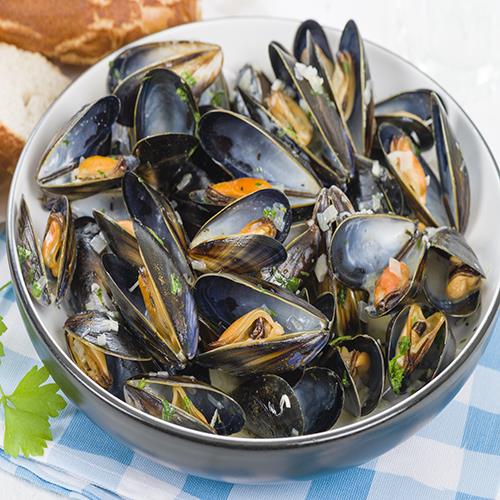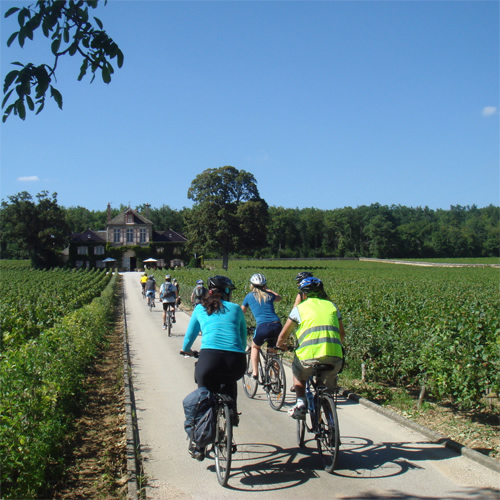EXPERIENCE LANGUEDOC-ROUSSILLON COASTLINE


Overview
Slightly off te beaten path, the Languedoc-Roussillon in the south of France is considered a hidden gem. From the medieval walled city of Carcassonne to the incredible pink salt lake in Guissan, there are a lot of fun things to do in this region. In addition to fabulous sightseeing, the region’s sunny, mild weather and beautiful seaside scenery ensure an enjoyable vacation experience. One of the leading wine-producing areas of the world, it’s also known for its impressive Roman heritage and the 149 mile- long Canal du Midi.
The Languedoc-Roussillon region has a rich heritage, with many historic castles and natural attractions. The region extends along the Mediteranean coast of France between the mouth of the Rhone River and the Pyrenees Mountains. The landscape is one of wild rocky gorges, vibrant orchard groves, and colorful market gardens. Teh ancient hilltop villages and ruined castles on mountain crags add an element of romance.
Close to the Spanish border, Languedoc-Roussillon enjoys a Mediterranean climate. The name Languedoc comes from langue d’oc, meaning the language of Oc or Occitan. This dialect is still spoken by some of the region’s inhabitants.
Must-see sights include the fairy-tale fortified city of Carcassonne and, closer to the sea, the bustling city of Montpellier and the balmy town of Perpignan. The favorite seaside resorts of Cap d'Agde and Port-Camargue offer sandy beaches and fewer crowds than the French Riviera.

Areas
Languedoc Roussillon used to be a region in its own right but nowadays it is part of the recently created Super Région of Languedoc Roussillon Midi-Pyrénées and known as Occitanie. Comprised of five départements, or counties, starting with the Pyrénées-Orientales in the south next door to the Aude. As the coast begins to curve eastwards we come to the Hérault which borders with the Gard at the eastern extreme. The Lozére in the north completes its complement of counties.

Canal du Midi
Stretching for 150-miles in the South of France, the Canal du Midi connects the Atlantic with the Mediterranean Sea. Built in the 17th century, the waterway network was designated a UNESCO World Heritage Site due to the way it beautifully blends with the local environment.
You can follow the canal by road, and many sections have foot or cycling paths, but the best way to see it is, of course, by boat. Outfits in all the major ports rent houseboats and barges, and there are many cruise options to choose from as well.




Beaches
The coast of Languedoc-Roussillon, from Montpellier to the Spanish frontier, might be called France’s “second Riviera” (after the Côte d’Azur). This land has an almost continuous strip of sand stretching west from the Rhône toward the Pyrénées, filled with sun lovers in July and August. But it’s a far more relaxed region than its eastern counterpart.
Some of the top beaches include:
Espiguette: This beach is wild and long with flamingos and lagoons to its back and the clear water Mediterranean at its front. It is everything you would want in a beach, however don’t expect many facilities and activities here, as its sands are here for it simply being an incredible beach.
Vias: In the Beziers area not too far from the town center. Vias is the epitome of the Languedoc beach; sands that go on for miles, so that even in the height of summer, you still feel like you have your own spot.
Leucate: Located in between Narbonne and Perpignan, there are several named beaches around this area. It is the most sheltered stretch of sand along this coastline. In this area, Les Coussoules beach is excellent to visit, perfect for those seeking a wilderness fee to their swim.
Portiragnes: The beach in Portiragnes near Beziers is vast, which allows for it to never get overcrowded.
Collioure: The beaches here offer the feel of Provence over the Languedoc due to being more compact and cove-like. Collioure has three beaches and while they are definitely more crowded than the others on this list, their views of the Pyrenees and proximity to the coastal Catalan town itself make them one of the best spots in the region.
Argelès-sur-Mer: Blue flag beach for its cleanliness and water, this beach is one of the best and most popular beach resorts of the Langudoc. The beach also offers excellent eateries and facilities.
Saint-Cyprien: This is the perfect pocket of coastline if you are visiting Perpignan (it is only 20 minutes by car) and don’t want to travel too far out of the city. Saint-Cyprien is a sandy stretch of beach that is popular with tourists and locals alike, due to its facilities and proximity to the city. Again, the Pyrenees make for a spectacular backdrop.
Plage de la Franqui: There are various beautiful beaches in the Narbonnaise en Méditerranée Natural Regional Park and one of the favorites is at La Franqui. Enjoy the best of both worlds here, with the much-loved wilderness feel but with facilities on hand.


Cuisine
The cuisine in the Languedoc-Roussillon region is as diverse as the geography. The Etang de Thau, the large lagoon between Sète and Agde, brings mile upon mile of oyster, mussel and whelk beds, the products of which end up on menus throughout the region. A visit to Sète should include a taste of its seafood version of a Cornish pasty, the tielle, filled with octopus, squid and spices. Collioure remains a major producer of anchovies, despite the intensive nature of its processing.
Meat lovers can enjoy the south-west's most celebrated dish, cassoulet, the ingredients of which are debated endlessly by the chefs in the three main locations - Carcassonne, Castelnaudary and Toulouse, but which normally includes haricot beans, sausage and confit of duck or goose - definitely one for the cold weather and big appetites!
For something a bit lighter, try navettes – light and crispy biscuits flavored with orange or rosewater.
Embrace the region’s Mediterranean roots with boles de picolet, a French version of meatballs served in a hearty tomato sauce.
Pair any of these local delicacies with wine from France's largest wine-making region. For many years, Languedoc-Roussillon wine-makers concentrated more on quantity than quality, but improvements now produce high-class wine with appellations including Corbières, Minervois, Faugères and Pic St-Loup.
The rugged Catalan coast is known for its vin doux, the sweet wine from Banyuls, and Limoux in the Aude region produces its own sparkling wine, blanquette de Limoux, said to have been made a good 100 years before Dom Pérignon made his.


Active and Outdoors
If you are lookin for outdoor adventure, then you are in luck because the Languedoc-Roussillon region of France is a perfect area for hiking, walking and cycling. The Parc Naturel Régional du Haut-Languedoc is at the southernmost point of the Massif Central. It includes the Montagne Noire, Mont Caroux, the Monts de Lacaune and the Monts d'Orb. The whole area covers more than 1,000 square miles of mountains, rivers, lakes and forests, with pleasant towns such as Bédarieux, Olargues and St-Pons-de-Thomières to use as a base for a walking or cycling holiday.
The Pyrenees provide even more vigorous exercise thanks to the higher altitudes. The eastern side of the Pyrenees includes the vast mountain range that includes the 9,137-ft Canigou, which Catalans consider the symbol of their region.
Horse-lovers can explore the landscapes and villages of the Camargue, where the delta of the Rhône river has created an unusually open landscape in which it's hard to see where the land ends and the lagoons begin.
For less strenuous fresh air, a cruise along the Canal du Midi will make the world slow down. Its 150 miles make for a peaceful journey, wherever you care to join it, and the towpaths are perfect for cycling.